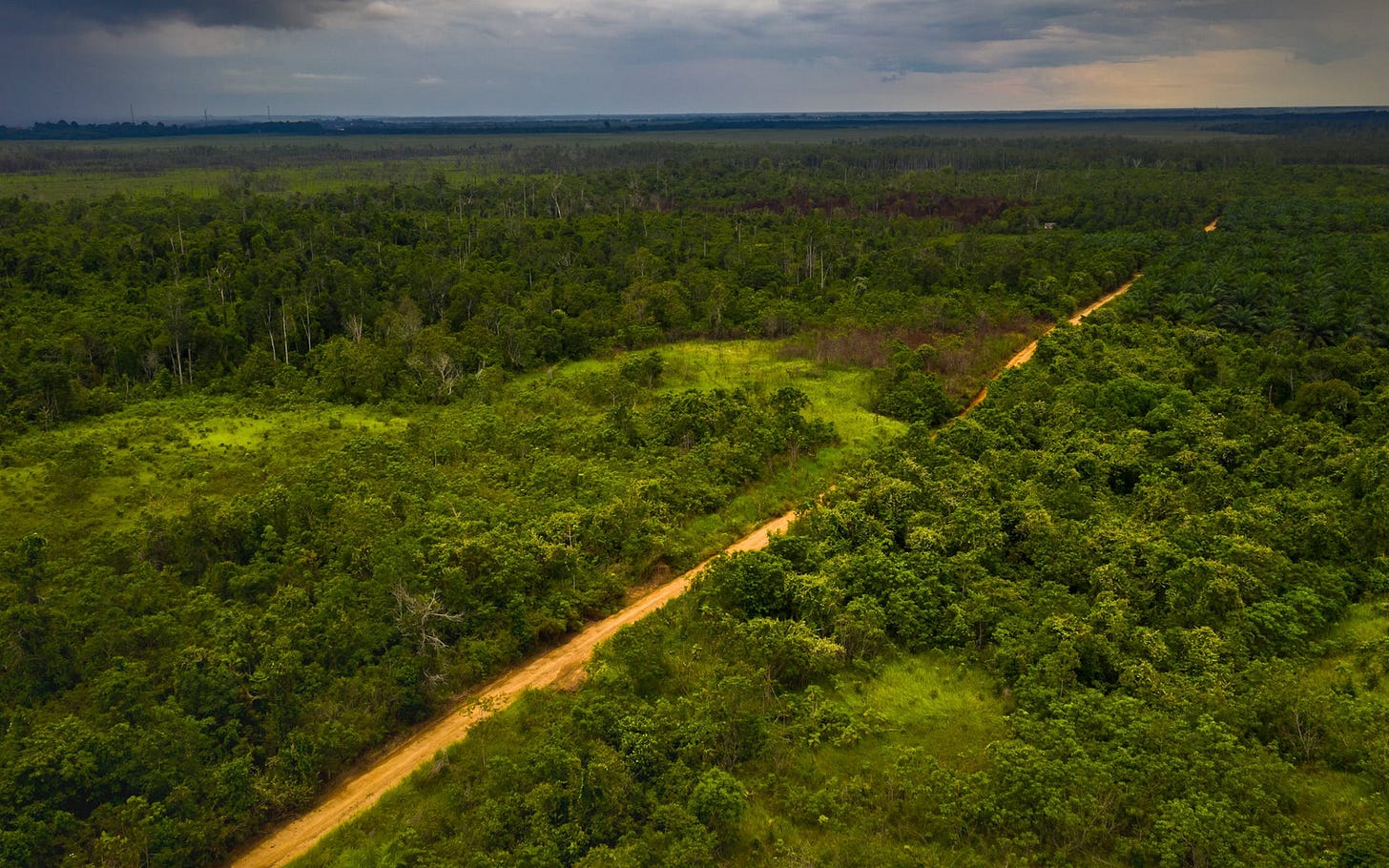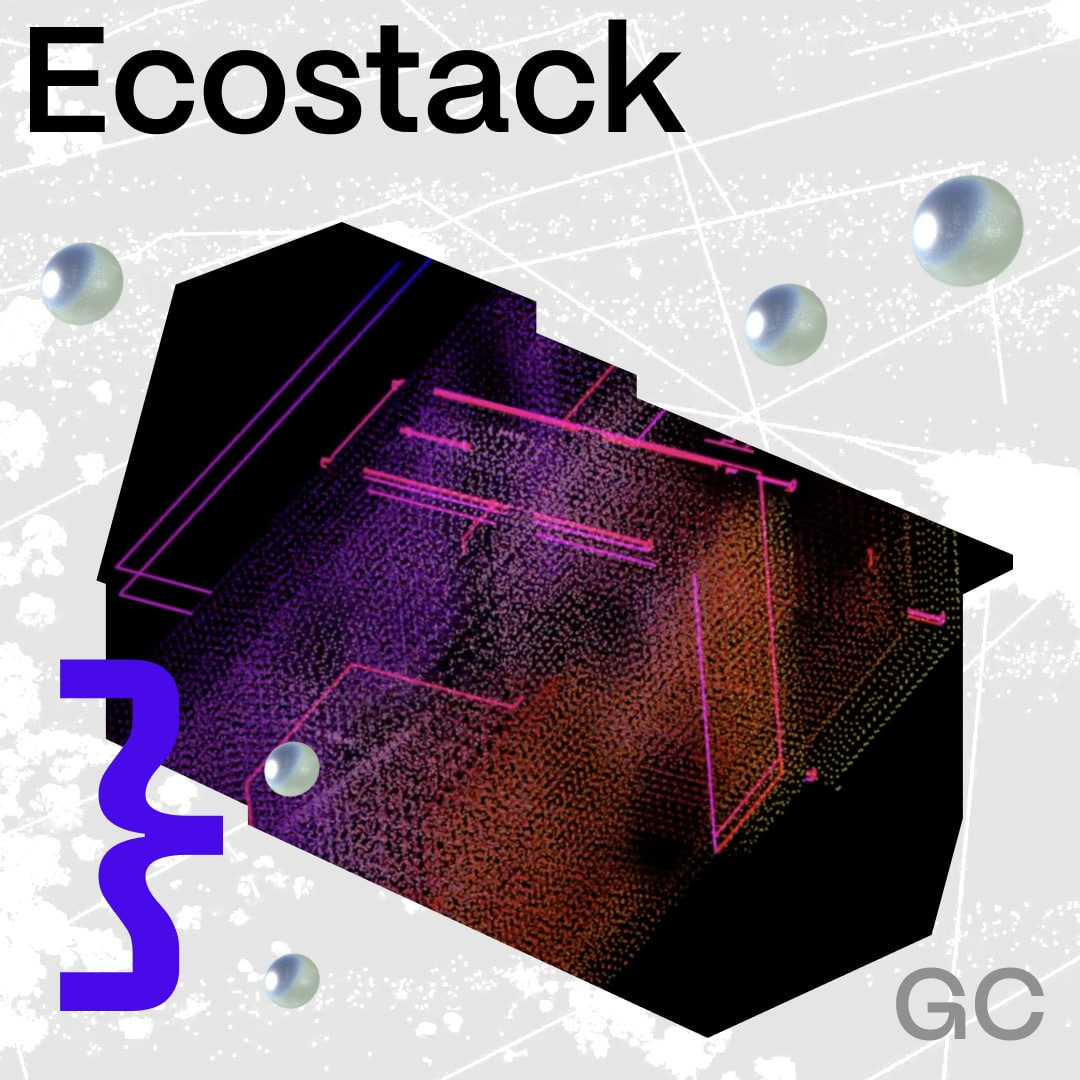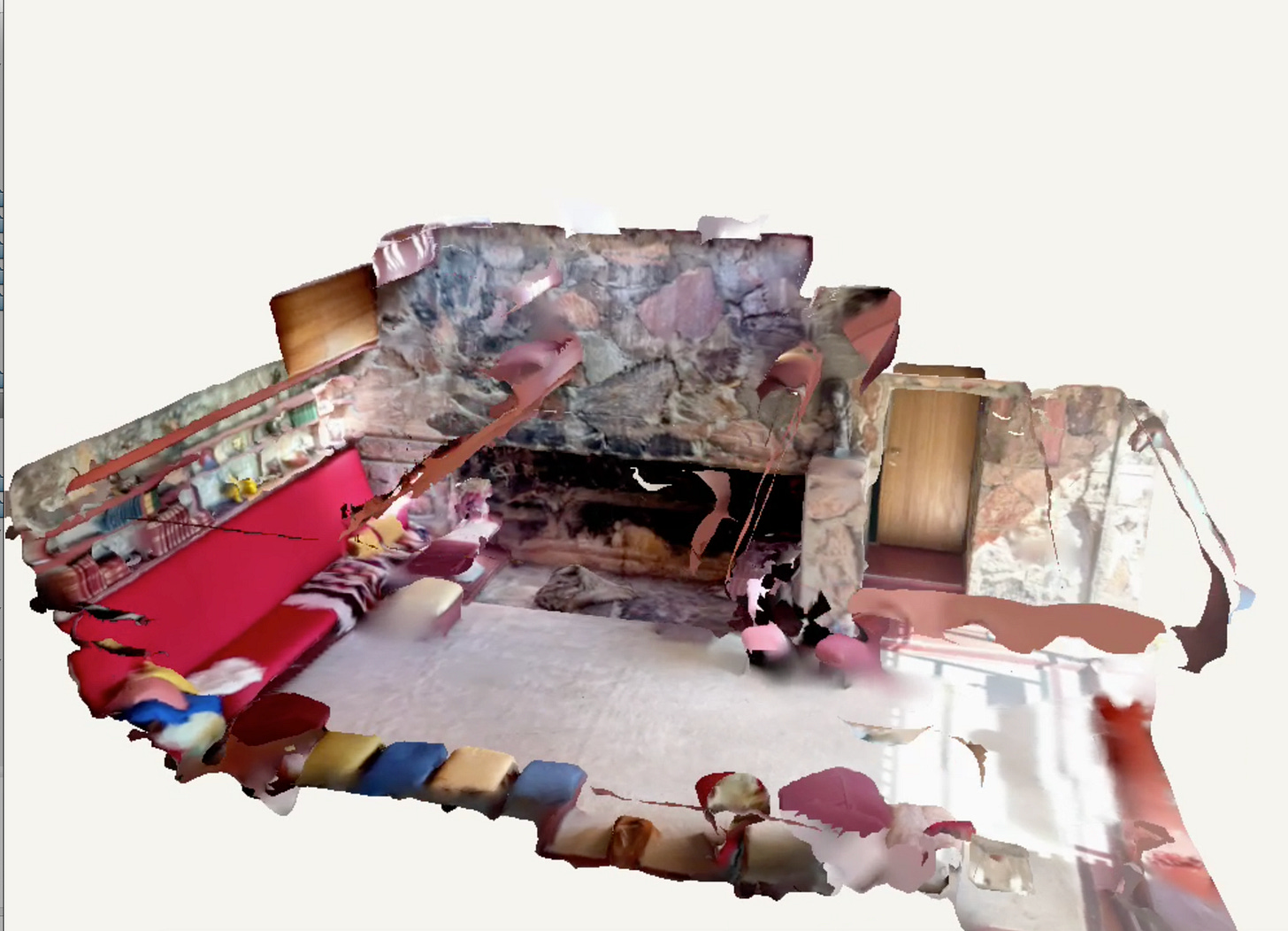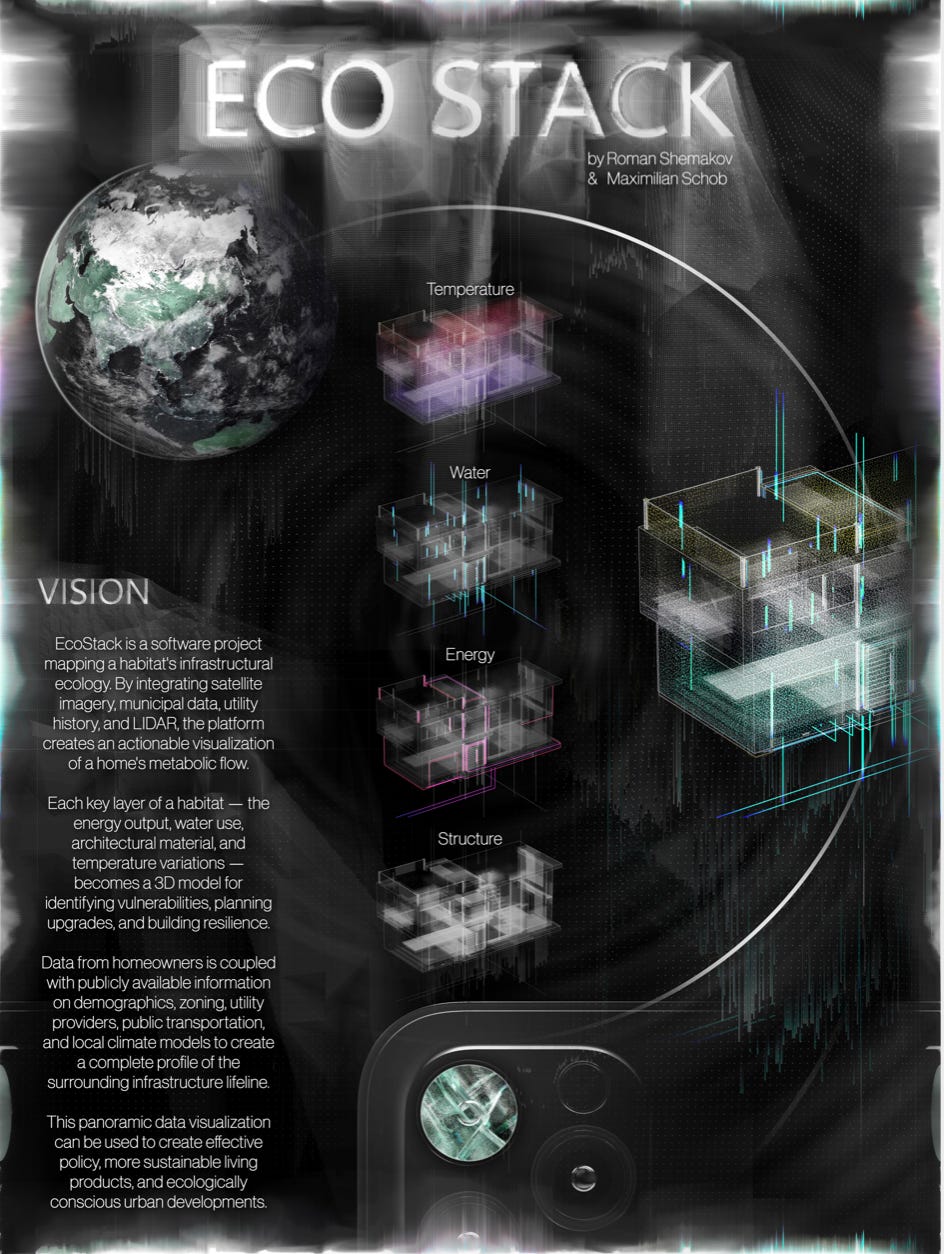Ecostack, Ecocity, Ecofascism
A collection of stories about climate infrastructure around the world
[SPECULATIVE] EcoStack
The built environment is responsible for 37 percent of green house gas emissions. Of this, approximately 30 percent is from “operation carbon” (emissions from cooling, heating, and electrifying our buildings). Right now, even though many new constructions across the world are hitting the standards of engineering efficiency by using insulating materials and fancy modern appliances, most of our older buildings are not.
By 2050, more than 50 percent of the buildings in the world will already have been built. This means that we can’t focus on sustainability in the built environment starting today, we have to retrofit millions of homes across the planet.
The problem? The inefficiencies in every country are different. One house might have windows that leak heat, another could have an outdated appliance, and in a third, the walls could be poorly insulated.
This is fundamentally a data problem. Enter EcoStack. It is now possible with just your iPhone camera to use a built-in LIDAR scanner and make a 3D model of your home. Take for example this very rough scan of the “Tapestry Room” in Frank Lloyd Wright’s Taliesin West House I did in Phoenix.
With a creative use of public municipal data (that maintains records about materials of construction), utility data (that maintains records on appliances and comparative use), and some local climate models (that can point which part the house gets more sun or shade) you can combine them into a rough sketch — a relatively accurate MRI of a home.
You can then give this data scan to a contractor who will carry out renovations. Your city can use it for surge planning and your state could use it to craft policies for the most effective retrofit subsidies. Local NGOs can use the data to point out the inequalities in certain methods of construction or as evidence for class action law suits. And on and on.
This is a project that Maximilian Schob, Sean Graves, Danya Orlovsky, and I (Roman Shemakov) worked on as part of the Terraforming Program with the Strelka Institute.
Indonesia is building a new capital city to save its administrative home from the rapidly sinking current capital, Jakarta. The new so-called “green” city will be in Eastern Borneo, a pristine forested region of Indonesia. Environmental news organization Mongabay recently discovered that the government is building a toll road to allow easy access to Nusantara, despite the fact that it will be detrimental to the local environment.
The road will cut through a rich forested area and cross over a bay, which means construction will not only destroy protected forests but also marine ecosystems and coastal mangroves. The nature in these areas supports local livelihoods, from fresh drinking water for local populations to jobs for fishermen.

Nusantara has been in the works for years. The country’s president, Joko “Jokowi” Widodo proposed the plan and promised it would be an eco-friendly project. But Nusantara has come under repeated criticism for greenwashing. To add insult to injury, the town will only be big enough to house administrative officials and the upper classes of Jakarta who can afford it, essentially abandoning the rest of the current capital city to rising seas.'
A new book, “Mussolini’s Nature: An Environmental History of Italian Fascism,” looks at how fascism interacts with nature. Mussolini and fascist governments of the early 20th century utilized nature as a playground on which they could assert their power. They engineered railways, ports and mines, drained swamps, and razed fields for agriculture. The environment, according to Marco Armiero, the author of the book, became a mirror through which Mussolini could adore himself.
“It is not in spite of economic exploitation that Italian nature is worthy of admiration; on the contrary, it is precisely the combination of hydroelectric basins and forests, rich pastures and orderly streams, that produces a landscape capable of arousing feelings of admiration.”
This approach gave way to a new dictionary of words about environmental subjugation that we use today: the prisms of “protection,” “reclamation,” and “domestication” all emerged during this era. In a funhouse mirror of definitions, “fascism” is perhaps the most slippery, changing shape depending on the angle of observation. The line between the beauty of nature [protection] and its utilitarian potential [domestication] became increasingly more blurry. They loved nature not for its independence — its ability to live and flow and touch the sky without our help — but for its submissiveness.
Sea levels are rising faster than we thought
Two studies, one in the U.S. Gulf Coast and another in China showed that sea levels are rising faster than ever before. Just to clarify: they aren’t only higher than they have ever been, they are rising faster than they have ever risen. Since about 2010, levels have been rising by about half an inch per year. As sea-levels get higher, storm surges get more severe, putting any coastal infrastructure at higher risk. This should stir us to ask the question: why are we still building on the coast?
P.S. Stay tuned for the start of a guest series on how the insurance industry is reacting to climate change.



